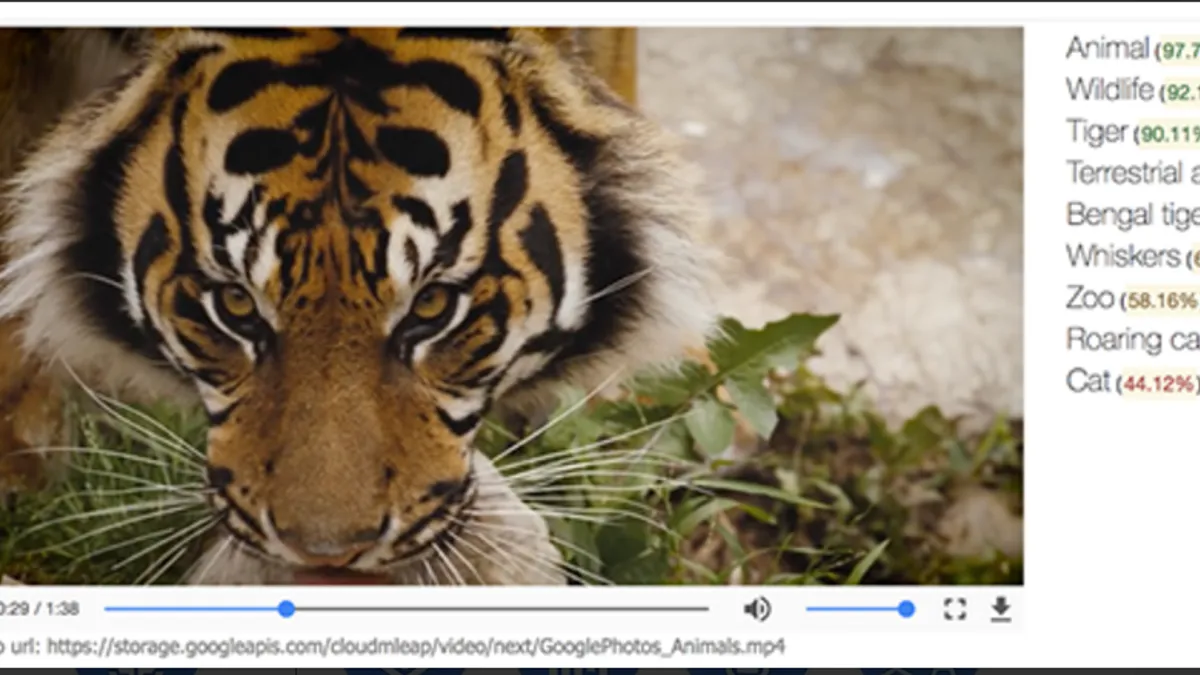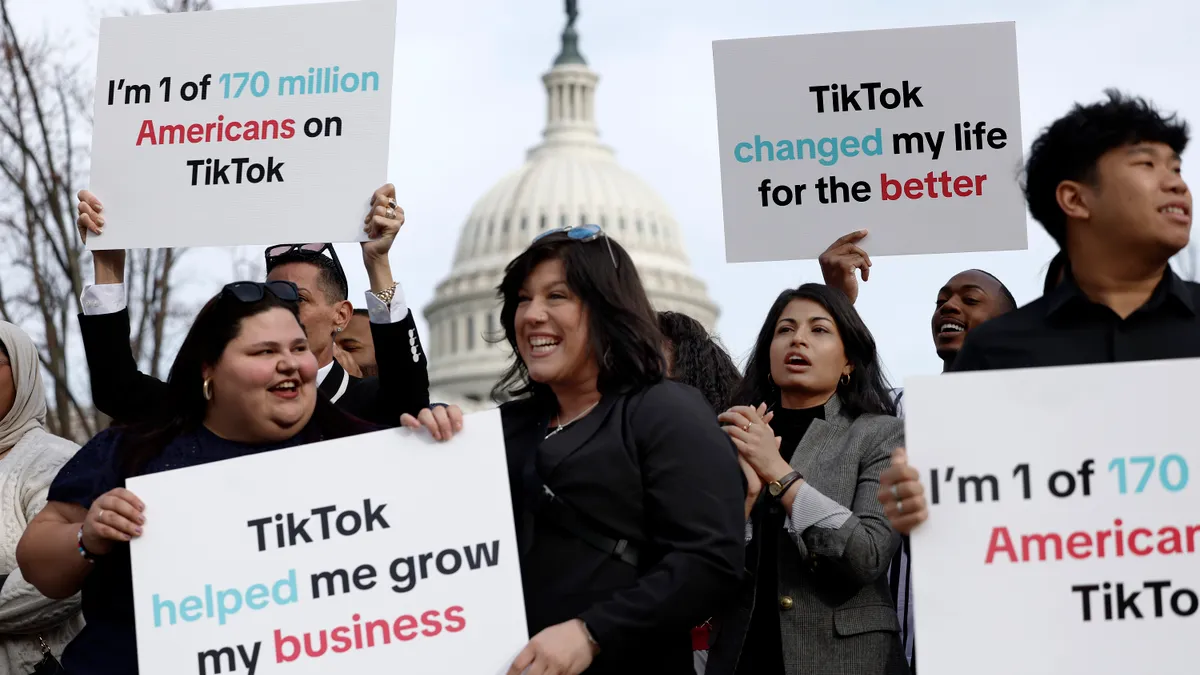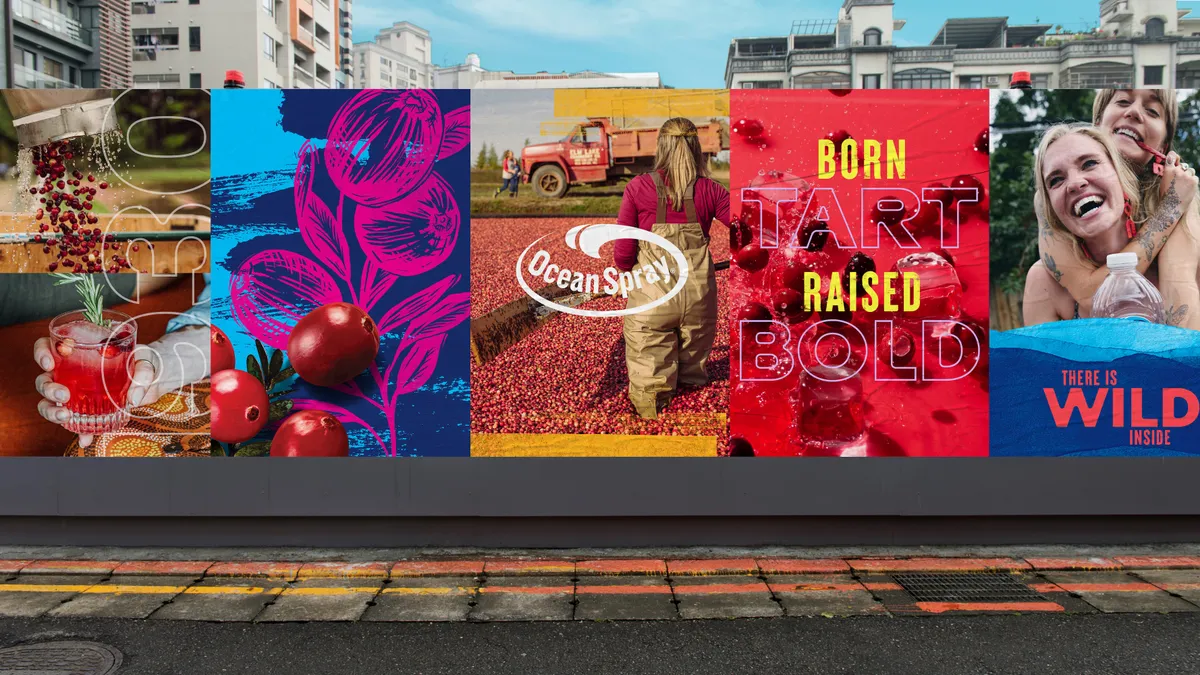Dive Brief:
- Google unveiled a Video Intelligence API at its Cloud Next conference on Wednesday, VentureBeat reports. The tool, now in private beta, uses machine learning technology to tag, flag down and store information for objects or actions shown in a video. It then makes that information searchable for users.
- VentureBeat noted that Google’s biggest cloud competitors, Amazon Web Services (AWS) and Microsoft Azure, do not currently offer this type of API, though similar technologies exist for both image and speech recognition. Google claims its Video Intelligence API is the first of its kind; there are demonstrations of it in action here.
-
"Google has a long history working with the largest media companies in the world, and we help them find value from unstructured data like video," Fei-Fei Li, chief scientist of AI and machine learning at Google Cloud, wrote in a blog post. “This API is for large media organizations and consumer technology companies, who want to build their media catalogs or find easy ways to manage crowd-sourced content.”
Dive Insight:
Google has long dominated the search market, but the Video Intelligence API arrives at a time when the tech giant appears to be looking toward video content, especially on YouTube, as its next big horizon. The new cloud product ultimately sits at the intersection between Google's established search business and its pivot toward a video-first focus in other areas, and should be a welcome addition for marketers, publishers and developers as well.
Marketers are pushing hard for more video content, especially as its popularity grows on mobile, but have a relatively limited toolkit for measuring their efforts with the medium. Metrics like viewability are earning mindshare as a way to track engagement, but only really account for seconds watched, which doesn’t necessarily provide illuminating insights.
The Video Intelligence API might not only serve to collect more raw, granular consumer data — who's searching for what products? — but also might mine more value from those data sets. For example, Google’s Li noted in her post that the technology can be leveraged for everything "from next-product recommendations [...] to fraud detection and beyond."
It’s not hard to imagine the API also being tapped to better target advertisements based on user video interactions and product searches, as is the case with Google's other search products. Another possible use of the technology could be to make it easier to search user-generated video.
For Google, this could help it weed out offensive or otherwise for inappropriate content. Additionally, marketers, in their desire to bring a more authentic voice to their messaging, might be able to more easily hone in on content that can be incorporated into their marketing.













